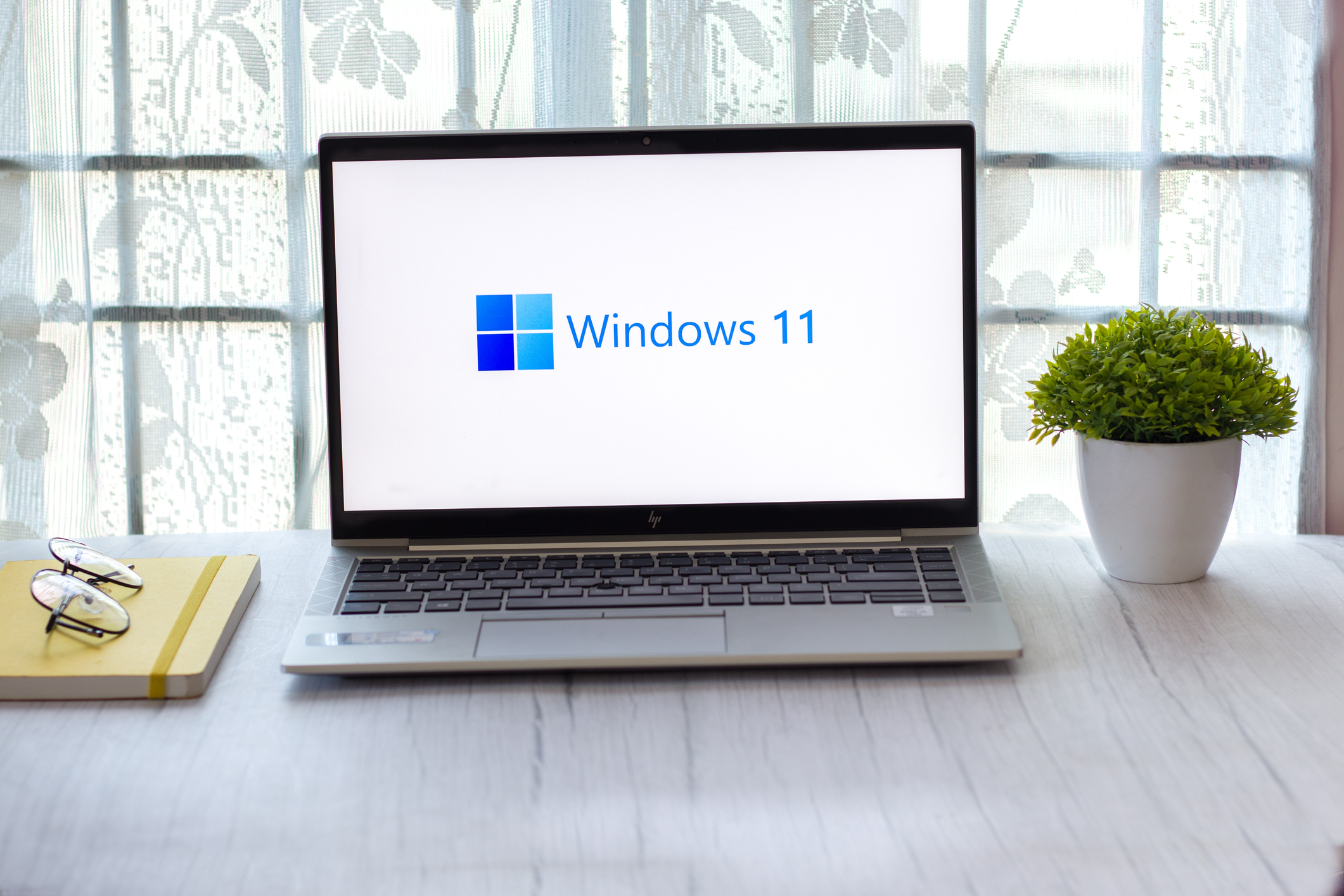Everything You Need to Know About Windows 11
In June, Microsoft announced the launch of Windows 11, a considerable upgrade full of interesting features that made big news – despite a leaked version and pre-release teasers. Here’s what the new operating system is all about.
A Simply Stunning Interface
Microsoft is doubling down on simplification, with a huge interface overhaul and the introduction of some impressive multitasking features. The UI has a highly polished, glass-like aesthetic with softly curved corners that are a pleasure to look at, anewly-centred Start button and Start menu, and a launcher-type interface rather than the classic Live Tiles. This makes it similar to what Android and iOS offer. It has support for light and dark mode, and Teams is now directly integrated into the start bar, showing support for the new age of remote working.
You can customise your experience using Snap Layouts that allow you to ‘snap’ groups of apps into various modes and layouts supported by the interface. This is a modern equivalent to cascade windows and is a practical feature for anyone who uses multiple monitors and likes to have consistency in terms of which apps and platforms open up where.
Overall, the design is similar to what Apple produces, creating a feel of slick, elegant minimalism that’s different to the previous directions the design has taken.
Pro Performance Upgrades
The performance upgrades aren’t minor in Windows 11 – in fact, they’re anything but. Update sizes will be 40% smaller and run in the background, which is sure to send tears of joy down the faces of most people plagued by frustratingly constant and disruptive updates.
In benchmark testing, Windows 11 scored higher than Windows 10 on the same devices, which may be due to big.LITTLE architecture optimisation, which is really just of interest to us tech nerds. The fact is, early testing suggests faster performance with good stability – no crashes, lagging, blips or dreaded blue screens.
Will My Device be Able to Run Windows 11?
According to Microsoft, they’ll be launching devices with the new OS later in the year, but if you’re not looking to upgrade your hardware, then you need to be sure it will actually run on the devices you have. The suggested rule of thumb is that if your device runs Windows 10, it will run Windows 11. In the meantime, there’s no rush to upgrade, as Windows 10 will still be supported by Microsoft through to 2025 and possibly beyond.
Windows 11 doesn’t have a launch date available at the time of writing this article, but it’s expected to roll out later in 2021.
At Otto, we never lose sight of the human element. As a people-first IT solutions specialist, we make technology more engaging, more human, and more effective in supporting you and your business as you strive to new heights.



